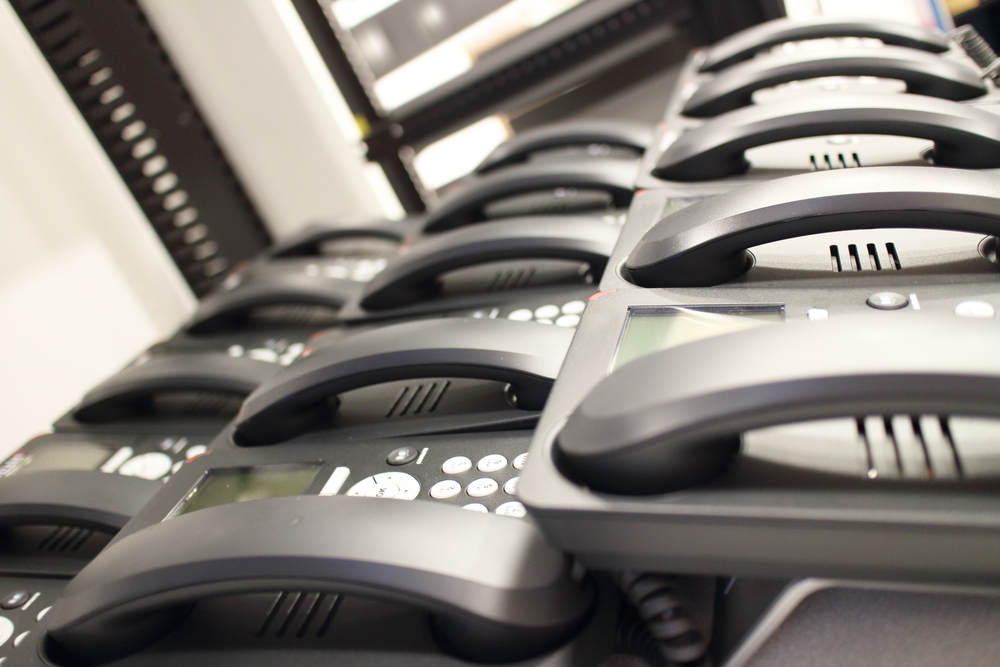It might seem a long way off – but with millions of customers to migrate and little further investment in the existing ISDN lines likely to take place, switching to more sophisticated SIP technology should be a priority for businesses.
While it sounds like a job for the telecoms department, is that job role dwindling? A survey by Timico last year found that 52% of IT managers now also have responsibility for telecoms. In spite of this, the same survey revealed that a shocking 67% of IT managers don’t know what SIP is, despite its status as the next big shift in telecoms.
SIP trunking is a powerful, scalable and highly flexible solution that helps businesses to streamline their communication costs and resources. Its key feature is the removal of the physical aspect of the phone lines – reducing the restrictions around call capacity and location.
The fact that it delivers ‘virtual’ phone lines rather than physical wires that are carried over the data circuit means SIP is highly scalable and calls are typically up to 40% cheaper than traditional ISDN lines.
But it’s not just the cost savings that make SIP such an attractive proposition – it also offers a level of flexibility that traditional ISDN simply can’t compete with. As workforces continue to gravitate towards more flexible working patterns, the demand for office solutions on the move is only going to increase over the next ten years.
SIP enables employees who are working remotely to have calls made to their desk phone automatically delivered to their smartphone or PC, without incurring any forwarding charges.
>See also: Mobile collaboration: Bringing new-world communication to the enterprise
The same is true if a line is busy, or if an office is hit with an unforeseen event – like a local network failure, severe weather or fire damage. SIP trunking minimises these problems, allowing a business to keep working through every eventuality.
And let’s not underestimate the importance of that. The Timico survey also found that for 63% of respondents, it would take less than two hours of being unable to make or receive calls before a business suffered reputational or financial damage.
Of course, not everyone is a fan of change – and ISDN has undoubtedly been a robust and reliable technology. However, bear in mind that during this phase out of ISDN, BT’s investment in the technology will also diminish – making it less reliable over time.
So with the switch to SIP inevitable, what should organisations consider before making the move? As with most things in life, it’s all about selecting the right partner. Businesses should do their research and try to find a provider that has its network, data centre and connectivity all under one roof.
It’s only when something goes wrong and customers realise they have account management with one company, connectivity with another and a data centre on the other side of the country that things become a real headache.
Before committing to a contract, they should make sure they know where every aspect of the solution is being housed – and try to pick one that has an end-to-end service.
There are six steps to switching to SIP: sizing the IP connection, setting up phones, boosting resilience with disaster recovery provision, planning to port the numbers, testing the set-up, and securing the systems.
Sourced from Neil Armstrong, director of business services, Timico







